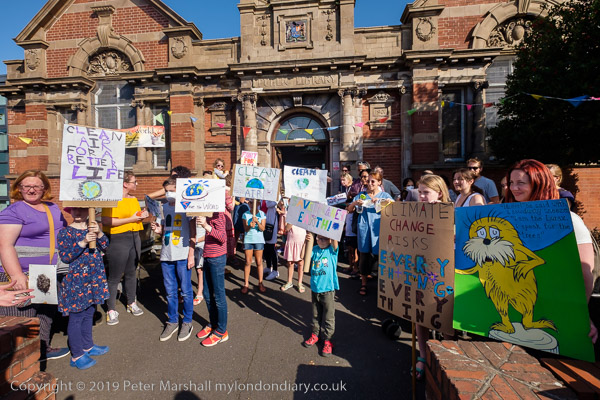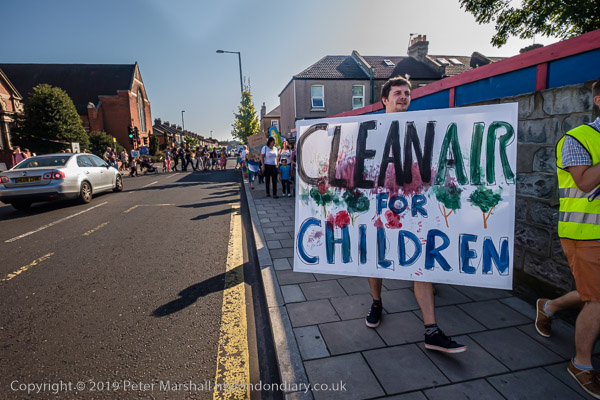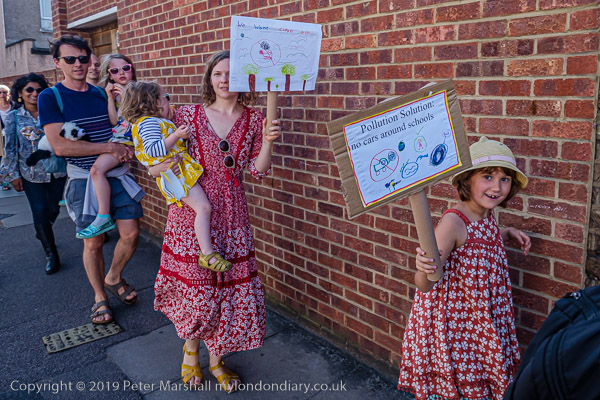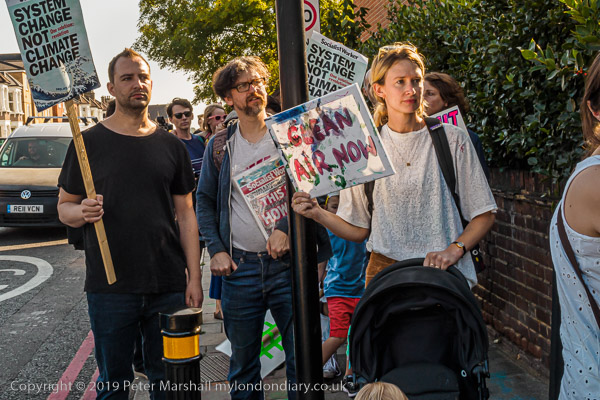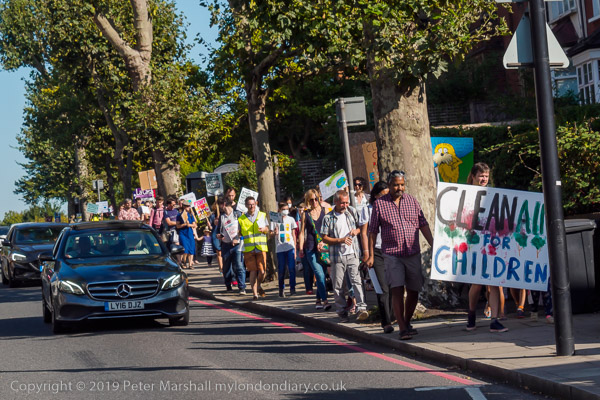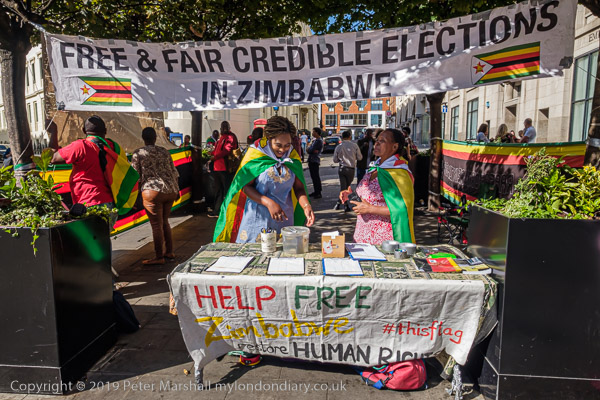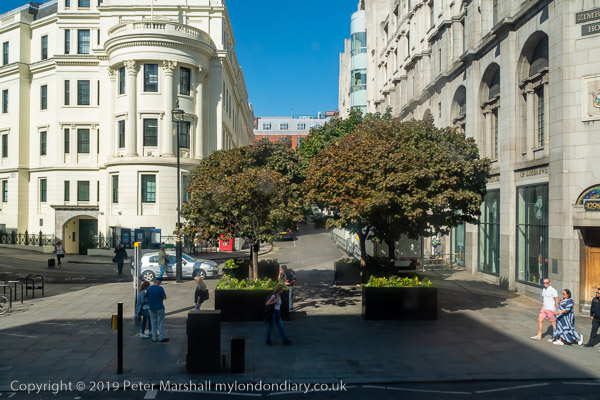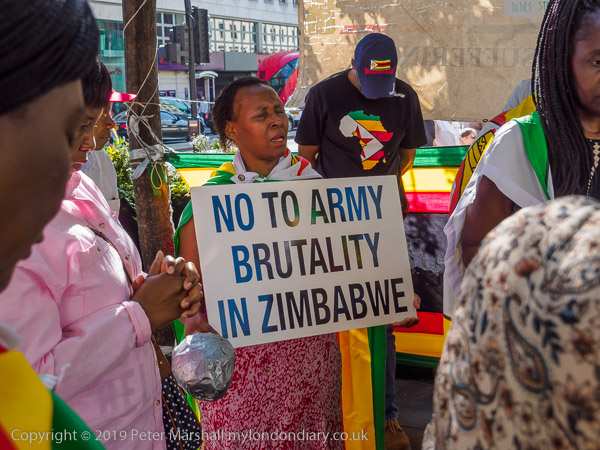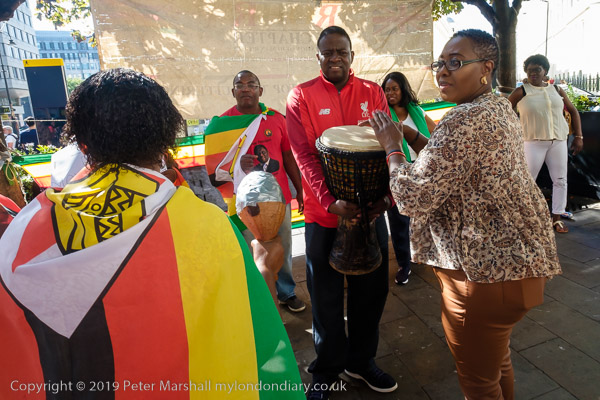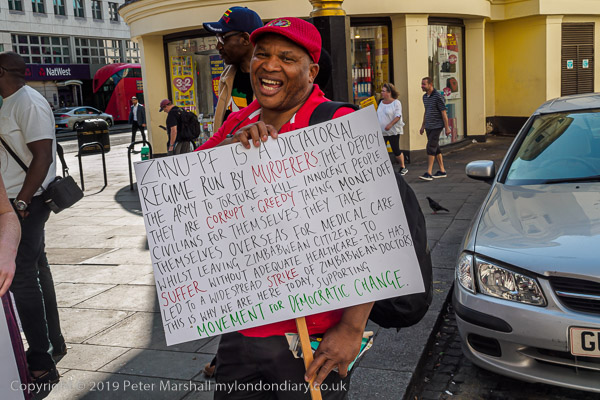Stephen Shore is one of the photographers featured in Sally Eauclaire’s ‘The New Color Photography‘ published in 1981, though I had seen his work a few years earlier, certainly in Modern Photography magazine and possibly elsewhere. He also featured among the ‘New Topographics’ featured in the presentation by Lewis Baltz at his workshop I went to. Euclaire’s book certainly can be described as seminal, a significant milestone in the acceptability of colour photography as a serious medium for photographic artists – and perhaps more importantly for museums to collect and galleries to sell.
Of course colour in photography was not new. The first photographs had been taken in colour over a hundred years previously with technical demonstrations by James Clerk Maxwell and Louis Ducos du Hauron, and since the early days of the Daguerreotype colour had been added to photographs by hand. Autochrome, the first fully practical single plate additive colour processes was introduced commercially in 1907, and both Kodak and Agfa marketed their subtractive processes which were the basis of modern colour film photography in 1936.
Colour became used increasingly in some commercial photography from the 1950s on, and increasingly by amateurs in the 1960s. Its use by photojournalists was restricted not by the availability of film but by the huge bulk of publications still being printed in black and white for cost reasons, but as magazines changed it became more common.
I took one or two colour films (perhaps one per summer holiday) before I could afford to go seriously into photography, but when that became possible, partly because I was earning money rather than being a penniless student, it was also because I had learnt how to do photography on the cheap, loading cassettes from bulk film, developing and printing my own work – largely on surplus and often out-of-date paper. Colour was still expensive in comparison, though later I learnt to use bulk colour film and develop it myself, using cheaper alternatives to Kodak’s E3 and later E4 and E6 chemicals.
Kodachrome in some ways remained the gold standard, or rather the yellow box standard, but a film that was impossible to home process and which remained expensive to use. So though I used the occasional roll (mainly for those holiday snaps) and was fortunate enough to win a brick of the stuff in a magazine competition, largely I worked with cheaper films which could be brought in 50 or 100ft tins.
But certainly back in the 70s I was serious about colour, even if I took fewer colour pictures than black and white, and if the results weren’t always particularly successful. I studied colour, not in an art school but at home with books such as Johannes Itten’s ‘The Art of Color’, first published in 1920 when he was leading the “preliminary course” at the Bauhaus:
Itten theorized seven types of color contrast and devised exercises to teach them. His color contrasts include[d] (1) contrast by hue, (2) contrast by value, (3) contrast by temperature, (4) contrast by complements (neutralization), (5) simultaneous contrast (from Chevreuil), (6) contrast by saturation (mixtures with gray), and (7) contrast by extension (from Goethe).”
David Burton, quoted by Wikipedia https://en.wikipedia.org/wiki/Johannes_Itten
When I went to teach in a sixth form college in 1980 I found the art students there carrying out exactly the same exercises devised by Itten.
So while I appreciated the colour portfolios that were published in Euclaire’s book I reacted rather negatively to the suggestions that this was the beginning of serious colour photography – and I think we are now much more aware of earlier colour work than was then the case.
I began thinking about Stephen Shore and ‘The New Color Photography’ on reading an article online at The Guardian by Sean O’Hagan, Stephen Shore: ‘People would chase me off their lawns with my Leica’. Although Shore became well-known for the work he made in colour with a 10×8 camera, he was also carrying a Leica with him. It’s an interesting article that tells me more about the photographer, though I don’t think it illuminates his work in any respect for me, but perhaps may for those coming to him anew.
I’ve not yet seen the book, Transparencies: Small Camera Works 1971-1979 which is published on March 5th, but the preview suggests it is rather more interesting than the small selection of images illustrating The Guardian article.
